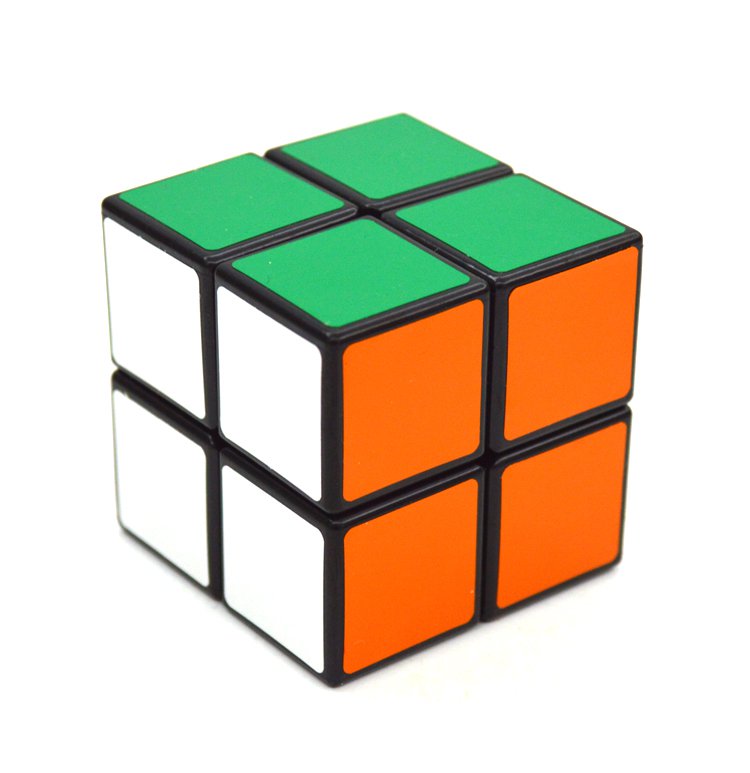


There are a two OLL and two PLL parity cases which can occur on the 4x4x4, 6圆圆, etc. We solve the yellow edges on the top of the Rubiks Cube in two steps: First we orient them to form a yellow cross on the top (4.), then we swap the pieces. Parity and related terms (explaining the different type of parities).Here is some more information about parity on twisty puzzle in general: Next, position the four corresponding corner pieces around the top, making sure that adjacent corner pieces have the same side color as shown in figure on the left. Orient the cube so the middle-center piece of this color is on top. Even though you don't see it on the outside, one of the inner edge centers is probably flipped, causing the parity on the 4x4x4. You cannot get parity on a 2x2 or 3x3 cube due to the nature of the puzzle itself. The first step is to pick a color to be the first side. In case of the even layered Cubes there are hidden center pieces (imagine your 4x4x4 as a 5x5x5 where the center pieces are hidden underneath the 4x4x4 pieces). Why does parity occur then, if it isn't possible? Because there are sometimes hidden pieces, equivalent pieces, or orientationless pieces. Orient the layer with the yellow side (with its white cross) so that it faces your right palm. This 'law' state that it is never possible to have a single swap regardless of the puzzle. On twisty puzzles the term is used to indicate a problem that shouldn't be possible within the 'law of cubes'. Solve the middle layer: Rotate the middle so centers are correct, and then move edges between the up and middle layers until the middle is solved. R2 B2 U2 l U2 r' U2 r U2 F2 r F2 l' B2 r2Īs to why this occurs? Parity on twisty puzzles is unrelated to the mathematical term parity. When solved, the middle layer consists of 4 edge pieces: blue/red. Here an algorithm to fix this particular OLL parity case (with blue at the front and yellow at the top): First, flip your cube over and hold it so that the solved white face is now the down (D) face.


 0 kommentar(er)
0 kommentar(er)
